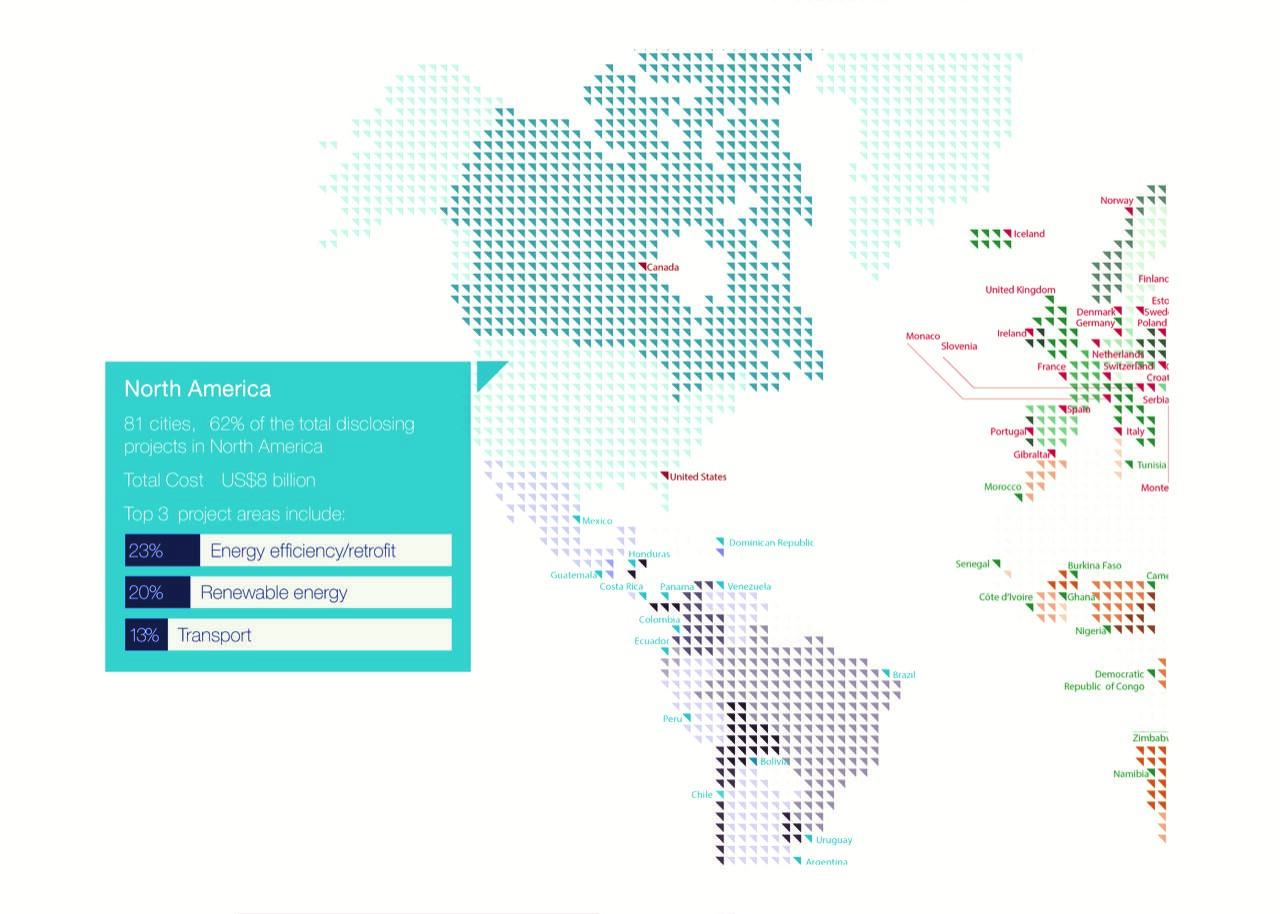
Over the last decade, online environmental data platforms have been developed to provide a venue where local governments can voluntarily disclose information about energy use and carbon emissions within cities. Using newly developed carbon inventory standards, municipalities demonstrate a desire to make public such technical information as low-carbon and resilient agendas that increasingly shape local politics. Platforms like the Carbon Disclosure Project and Carbonn Climate Registry demonstrate new infrastructural projects of state-produced carbon data centralization, based on experience mostly in the arena of corporate sustainability disclosure. But what type of data is actually being compiled, and what does it communicate about cities’ urban energy systems? To what degree are municipal efforts to “disclose” being shaped by private sector experience and for what purpose? Sparse research thus far has looked into the mass amounts of data being recorded on such platforms and how it is used as a basis for reports and representations of climate action. By foregrounding this infrastructure, this research project will explore the socio-spatial work of these data repositories and demonstrate the political aims of such technical projects.
Researcher: Taylor Davey
CALCULATIVE INFRASTRUCTURES IN URBAN CLIMATE GOVERNANCE
Taylor Davey
This project explores how data-driven urban climate governance has become the global norm through the ongoing development of calculative infrastructures. These infrastructures begin as intentional and political projects, but over time are backgrounded and shape many epistemological assumptions about how urban energy transitions can be realized. Measurement is seen as the means through which the local level is made relevant to national and international climate politics and the means of building legitimacy as well as drawing financial support. While incentivizing broader local action, however, these protocols, standards, and platforms also narrow what it means to do urban climate governance, and how we value actions, strategies, and investments. This form of measurement functions by isolating and territorializing, which acts directly in conflict with the need to think from a holistic, system-based perspective about global energy systems, and how they are both articulated and disrupted across various scales.
Supported by HMUI, this paper was developed through a multi-modal method, including academic literature reviews, systematic studies of published protocols and online policy platforms, as well as interview-based research related to new and experimental calculative projects. Taking a historical perspective, the paper looks at early efforts in the 1990s to develop basic methods of translating urban systems to emission calculations, in particular CO2e. It then identifies four contemporary calculative infrastructure typologies that are used to entrench a measurement-based approach to urban climate governance: standard emission inventory protocols; target-setting and action-planning guidelines; standards of disclosure; and financial carbon accounting methods. The paper has two key objectives: the first is to offer a clear overview and assessment of this jumbled landscape of these calculative infrastructures; the second is to offer a critical perspective on how action may be both galvanized and limited by these metric approaches.
This work supports observations already made in critical accounting literature and science studies that these calculative projects are not just the means of measuring the world, but go on to shape it. These infrastructures are thus by no means neutral, but importantly affect how climate is understood as a problem and how solutions are framed in response. While they have contributed to the ascendance of the urban level as an important space of climate governance in recent years and have supported the rising ambition of local governments, these infrastructures are also ways of defining in narrow terms how the urban relates to global energy systems, planetary climate, and international politics. I argue that they are a means of disseminating many norms established by the UNFCCC and reproduce a financial logic of investment that prioritizes a project-by-project approach to system change. Rethinking how the urban level can be leveraged as part of global change is necessary, and rethinking systems of value entrenched through calculative infrastructures is an important first step.